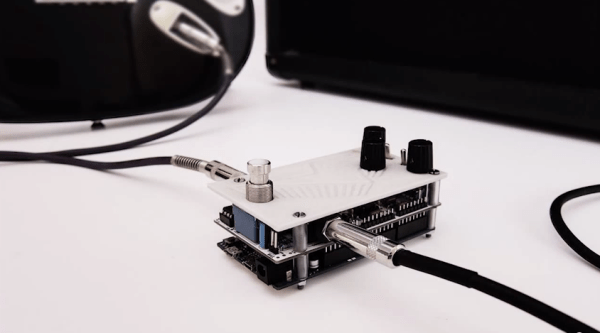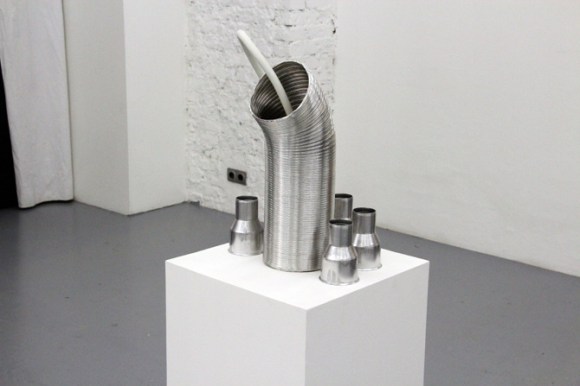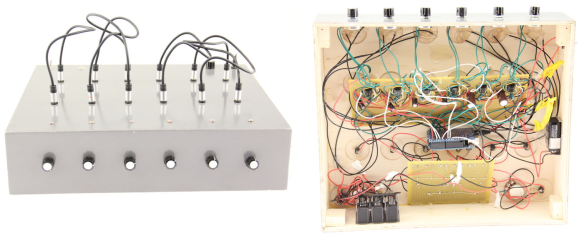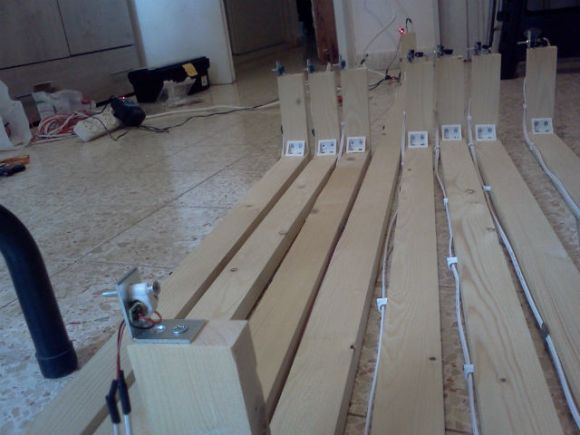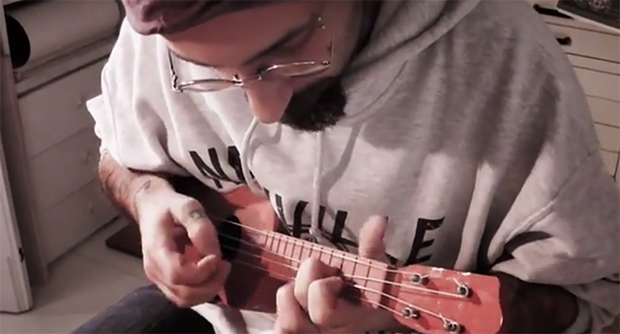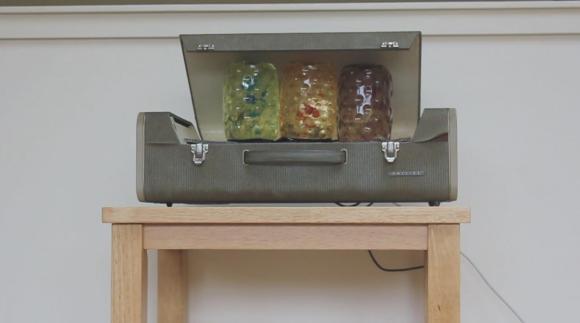If you’re a guitarist, or know a guitarist, you probably know just how many guitar effects there are out there — but what if you could design your own effects?
[J Rodriguez] has just released his opensource Arduino guitar pedal shield, dubbed the pedalSHIELD. He designed it as a platform to learn about digital signal processing, effects, and synthesizers — without needing an in-depth knowledge of electronics or programming. It allows you to design your own effects in C/C++, or download from his own library online. Some of the downloadable presets include an octave pedal, reverb pedals, delay pedals, and even distortion pedals!
The pedal features three programmable potentiometers, two main switches, and the foot pedal switch. The shield plugs directly into an Arduino Due, and you can find all the schematics here and the parts list here. It was completely designed in KiCad which is an open source electronics CAD design suite.
Take a listen after the break to hear the pedal in action!

